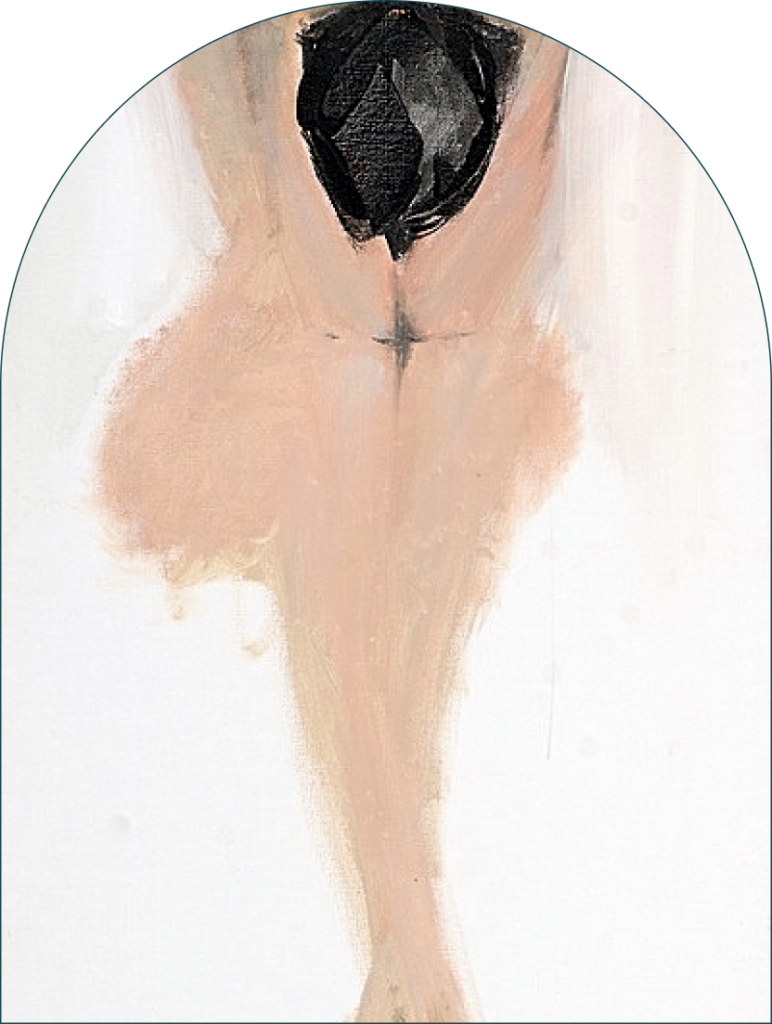
Sergei Cherkasov was born on the 10th of November, in 1948, in the town of Artyom that is located in the Far East of Russia – in Primorsky Krai. He studied at the Far Eastern State Academy of Arts and graduated in 1976 from the studio of an acclaimed artist Vasily Nikanorovich Doronin. Cherkasov’s paintings have won hearts worldwide and were exhibited in China, Japan and the USA. Sergei highlights a few luminaries who have significantly influenced his artistic development – an Italian Renaissance artist Fra Angelico and Mikhail Prishvin, who was a Soviet novelist and ‘a poet – agriculturist’ accused of being apolitical and escapist at the time. Similarly to Prishvin, Cherkasov identifies as an investigator of nature and a lyrical ethnographer.
Prishvin’s prose has predetermined Cherkasov’s plein-air painting trips to Italy and the Solovetsky Islands, as well as Cherkasov’s unostentatious deification of nature that the artist unifies with urban living environment. Cherkasov gradually became a master of conveying ontological power, resourcefulness and pristine beauty of the organic and the inorganic – of nature and of the man-made, with no sign of a dichotomy between the two.
In his oeuvre, Cherkasov emphasises natural light as the donor of every presence and continuously experiments with dazzling whites and striking azure blues, constructing paradises. It seems that the artist composes with natural elements such as wind, dew, penetration and refraction of sunlight.
Substantial segment of Cherkasov’s work revolves around his beloved city of Vladivostok – he depicts it sunbathing in winter sun, cleansed by spring rains, covered by fog…Cherkasov cherishes every aspect of the city life – quiet early mornings at the sea port, tinkling tram-cars…
Cherkasov’s imagery is descriptive of materiality, yet it also performs a transition into the ethereal, which is initiated by the collective of his intricately executed signature techniques – clouding, flattening of form, shifting of planes, drip painting, sporadic scattered graphic nuances and feathery weightless brushstrokes. The familiar daily life scenes appear wondrous, sublime and idyllic, reconciling the transient with the eternal. Speaking of urban science, Cherkasov’s oeuvre promotes a sense of regional responsibility and appreciation for local sensibilities.
Working with the Far Eastern Publishing House, Cherkasov illustrated approximately 300 books and was granted numerous rewards for his evocative literary illustrations. His moving artworks grace the pages of nationally adored publications such as “Taiga Odyssey” by Voznyuk Yuri and “On the edge of the Ussuri. Dersu Uzala” by the famous explorer Vladimir Arsenyev. Both of these books discuss complex interaction of nature with human beings – nature as an ominous power sanctifying humans, with humans having to conform to it, as well as nature in its vulnerable and dependent state.